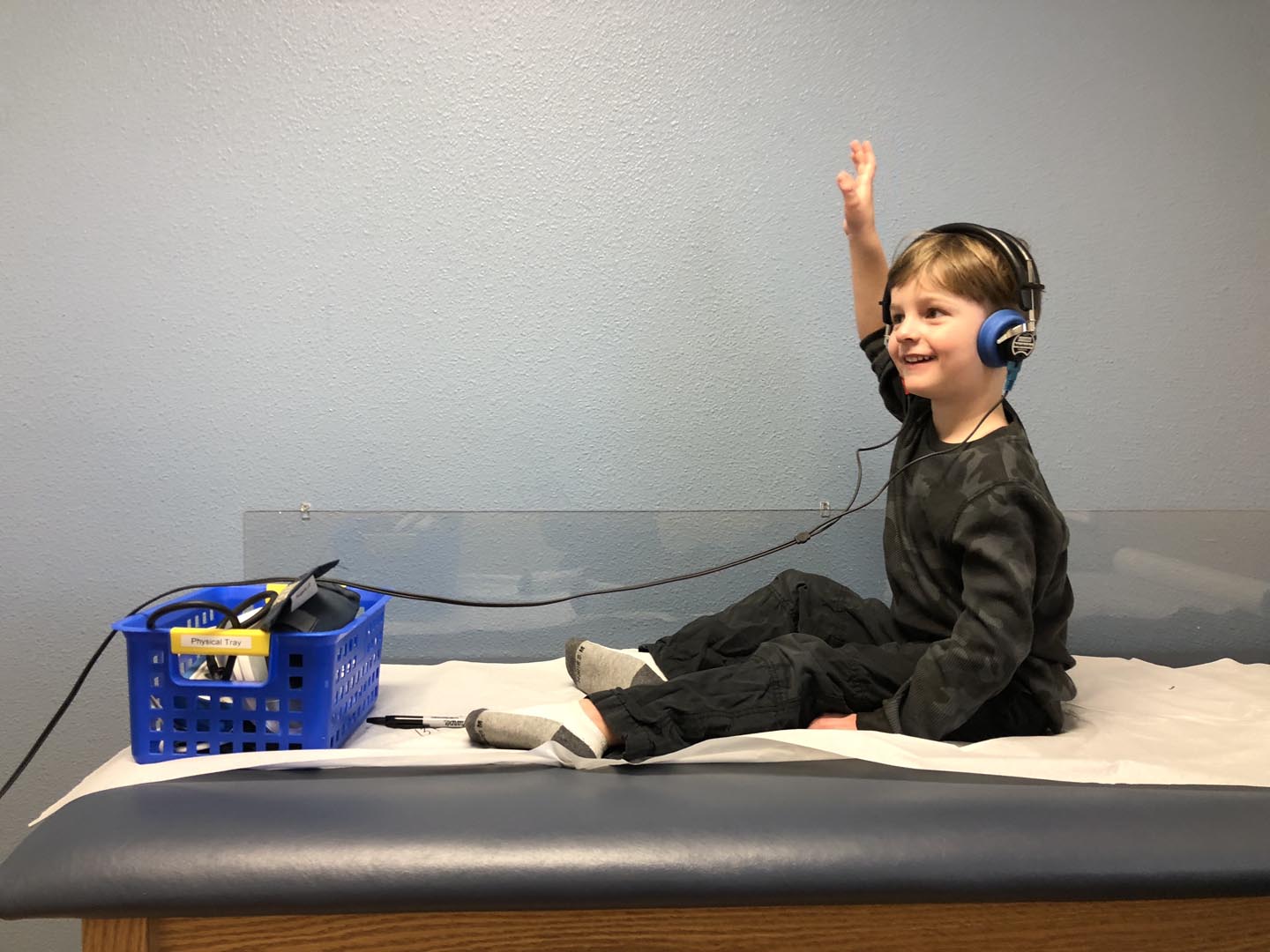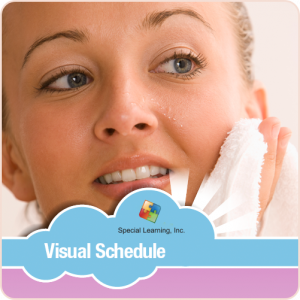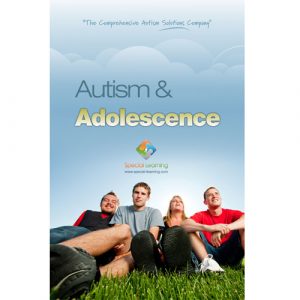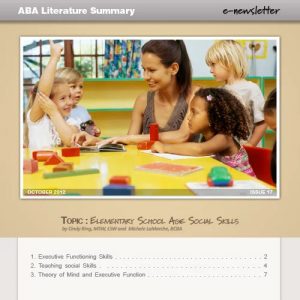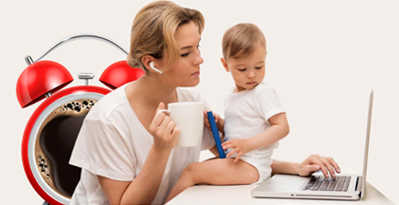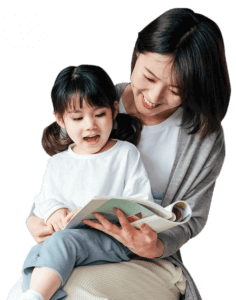Hearing Evaluation for children with Autism
Autism is associated with different kinds of developmental delays and co-existing medical conditions. Speech and Language delays and hearing disorders such as sensorial loss, hypersensitivity to sound, and otitis media are a few examples of associations connected to autism (Davis & Stiegler, 2010). When a diagnosis of autism is being ruled out, a hearing evaluation is one of the tests ordered by a physician. This is to confirm that the speech and language delay is not caused by a hearing problem such as deafness but by the autistic disorder itself or a co-existing medical disorder is present.
According to the Centers for Disease Control and Prevention (CDC), there are 2 steps involved in assessing and diagnosing hearing loss in a child. Hearing screening and a full hearing test.
Hearing Screening
Hearing loss screening is normally suggested to be completed before a newborn child reaches 1 month of age (CDC, 2010). You can have your newborn baby subjected to a hearing screening before you even leave the hospital. This test is easily done and is not harmful in any way to your child. The test is usually conducted when the baby is sleeping and is completed after just a few minutes. There are 2 types of tests that can be used in screening for hearing loss. Auditory Brainstem Response and Otoacoustic Emission Test.
- Auditory Brainstem Response (ABR)
This test measures your child’s brainstem response to sound. It is non-invasive and takes up to 5-15 minutes. It is performed by placing small earphones on your child’s ears and four to five electrodes are placed on your child’s head. A variety of sounds are then presented to identify the loudness and softness of hearing capacity and the electrodes pick up the electrical activity of the hearing nerve fibers. For infants, only one sound is presented, which is called the “click.” If a healthy result is obtained then your child passes the hearing test.
- Otoacoustic Emission Test (OAE)
This test measures the reaction that is produced by the inner ear or cochlea. This test usually takes 5-8 minutes. It is conducted by placing a small microphone and speaker that is enclosed in a probe in your child’s ear. Sounds are then presented through the probe. The cochlea then processes the sound and sends it to the brainstem, while another separate sound comes back to the ear canal. This sound that travels back in the ear canal is called the otoacoustic emission. The audiologist can then determine which type of sound produced an emission. If an emission is produced for sounds that are essential to speech comprehension then your child has passed the test.
Full Hearing Test
If a child does not pass a hearing screening, the physician or your child’s pediatrician will refer you to an audiologist or an ENT (ear, nose, throat) specialist for a full hearing test or audiology evaluation. These hearing experts will use more extensive ABRs, OETs, and a Behavioral Audiometry Evaluation, which tests all parts of the ears for any problems in their individual functions. For older children and adults the following are conducted during a Full Hearing Test:
- Pure-tone Air Conduction Hearing Test
- Visual Reinforcement Audiometry (VRA)
- Conditioned Play Audiometry (CPA)
References:
Centers for Disease Control and Prevention. cdc.gov. Hearing Screening for Newborns Important for Development. Retrieved May 9, 2011from http://www.cdc.gov/media/subtopic/matte/pdf/CDCHearingMatteRelease.pdf
Davis, R. & Stiegler, L. (2010, July). Behavioral Hearing Assessment for Children With Autism. Retrieved May 9, 2011from http://www.asha.org/Publications/leader/2010/100427/Behavioral-Hearing-Assessment-Children-Autism.htm
Copyright © by Special Learning Inc. All right reserved. No part of this article may be reproduced in any manner whatsoever without written permission except in the case of brief quotations embodied in critical articles and reviews. For information, contact Special Learning Inc., at: contact@special-learning.com